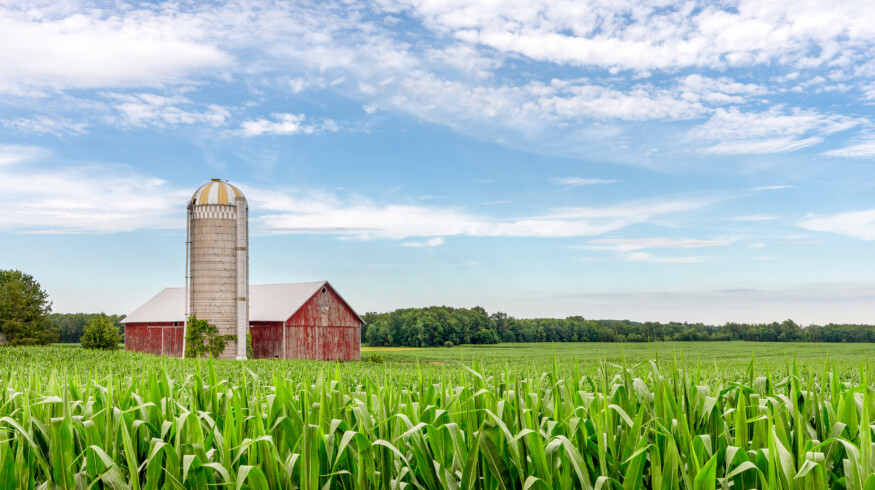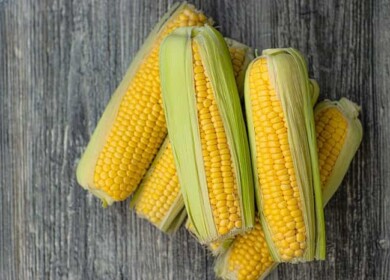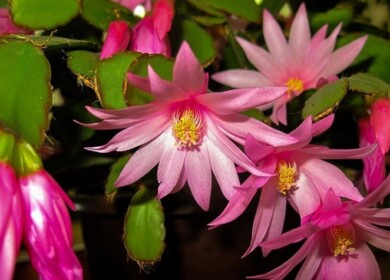Stanford University study on a pathway to developing drought-resilient U.S. corn varieties

In a recent study led by Stanford University, researchers have discovered significant variations in the water-seeking capabilities of U.S. corn varieties, with implications for enhancing drought resilience. The findings, published in the journal Science, detail the genetic mechanisms of root “hydropatterning,” a process where corn roots selectively branch towards moist soil areas and avoid dry ones.
The study identified ethylene, a plant hormone better known for its role in fruit ripening, as a key regulator of this adaptive root growth. “Our research shows that plants are quite adept at detecting moisture gradients in the soil, allowing them to optimize root architecture for more efficient water absorption,” explained José Dinneny, senior author and professor at Stanford’s School of Humanities and Sciences.
By examining 250 corn varieties, researchers highlighted a stark contrast in root growth behaviors: varieties from tropical and subtropical regions exhibited robust hydropatterning, whereas those from temperate North American regions often displayed less discerning root growth patterns. This distinction suggests that breeding practices for high-yield corn in the U.S. may have inadvertently diminished these plants’ innate water-seeking behaviors.
“The more effectively a plant’s roots can avoid dry areas, the more energy they can dedicate to extending deeper into the soil where moisture is more abundant,” noted Johannes Scharwies, lead author and postdoctoral scholar in Dinneny’s lab. This trait, he added, could be crucial in developing corn varieties with deeper, more drought-resistant root systems.
The researchers also found that auxin, another plant hormone, works in concert with ethylene to regulate root branching in response to water availability. Their experiments with the model plant Arabidopsis thaliana helped delineate how these hormones interact to modulate root growth.
Looking forward, the team emphasizes the need for further research to fully understand these hormonal interactions, with the goal of breeding corn that can better withstand the challenges of climate change.
Source: Phys.org
Enjoyed this story?
Every Monday, our subscribers get their hands on a digest of the most trending agriculture news. You can join them too!












Discussion0 comments